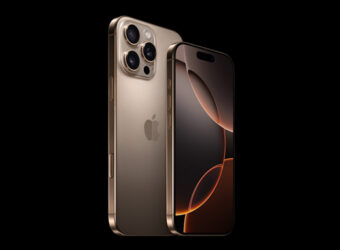Apple Unveils iPhone 16 and iPhone 16 Pro with Advanced AI and A18 Chip
Apple has officially announced the iPhone 16 lineup, including the standard iPhone 16, iPhone 16 Plus, and the high-end iPhone 16 Pro and Pro Max models. The tech giant’s latest releases bring significant upgrades in performance, artificial intelligence, and photography, marking another step forward in smartphone evolution.
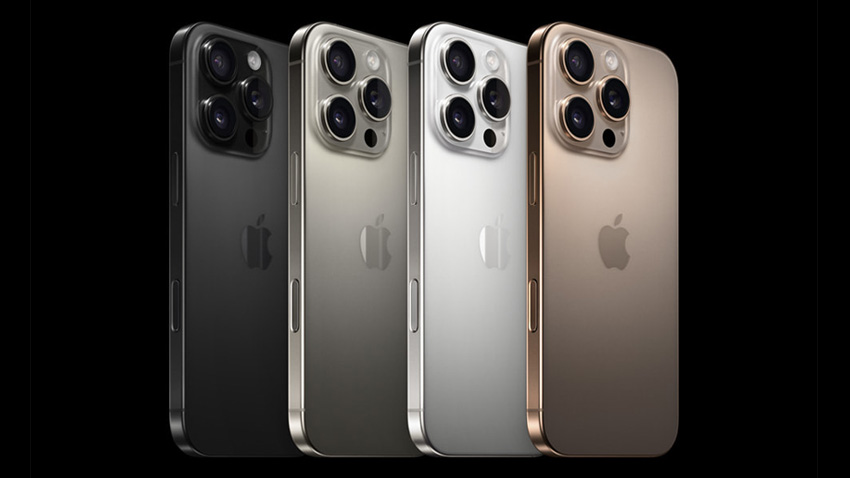
iPhone 16 Pro: Powered by the New A18 Pro Chip
The iPhone 16 Pro is positioned as the flagship of Apple’s lineup, equipped with the A18 Pro chip—an upgrade that promises to push the boundaries of mobile computing. According to Apple, the A18 Pro brings faster processing, more efficient power use, and enhanced AI capabilities. It’s designed for users who demand peak performance, whether for multitasking, intensive gaming, or professional-grade apps.
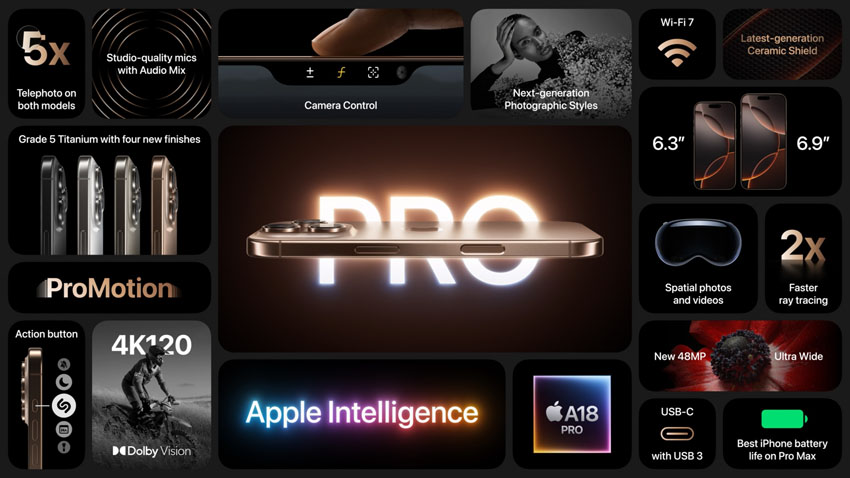
AI integration is front and center with the Apple Intelligence system embedded in the iPhone 16 Pro, driving smarter features like photo analysis, dynamic personalization, and task automation. Apple’s push into AI reflects an industry-wide shift toward integrating machine learning into everyday tasks, making smartphones more responsive and adaptive.
On the photography side, the iPhone 16 Pro boasts a 48MP sensor and 2x telephoto lens, improving its ability to capture detailed images in a variety of conditions. Low-light performance has been enhanced, an area where Apple continues to compete fiercely with rivals like Google’s Pixel and Samsung’s Galaxy series. For users focused on content creation, the new camera system is a major selling point.
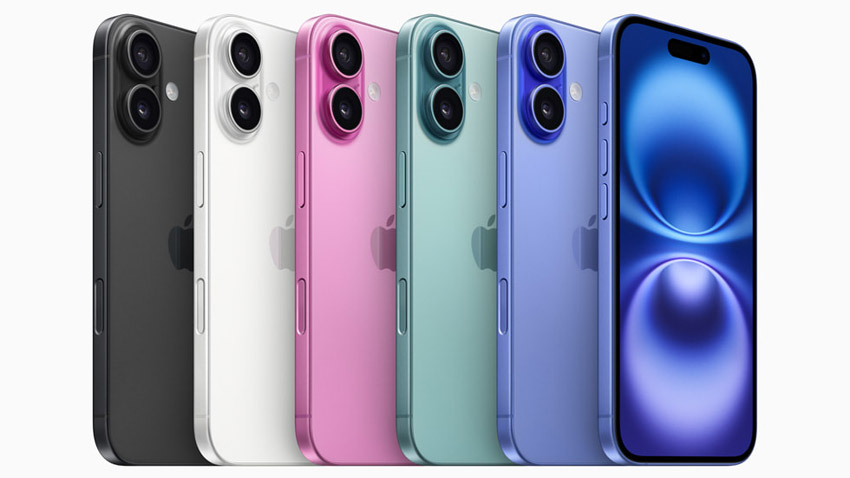
iPhone 16 and 16 Plus: Solid Upgrades Centered on AI
While the iPhone 16 Pro grabs headlines, the standard iPhone 16 and iPhone 16 Plus are far from overshadowed. These models are powered by the A18 chip—a step below the Pro’s A18 Pro but still packing significant improvements over last year’s models. The A18 chip promises faster app performance and smoother multitasking for general users, ensuring that day-to-day tasks like video streaming, social media, and gaming are snappy and reliable.
Apple’s focus on AI extends to these models as well, with Apple Intelligence delivering personalized suggestions and smarter automation. Although the camera setup isn’t quite as powerful as the Pro version, the iPhone 16 still features an upgraded sensor and improved low-light performance, making it more than capable of delivering high-quality photos and videos for casual users.
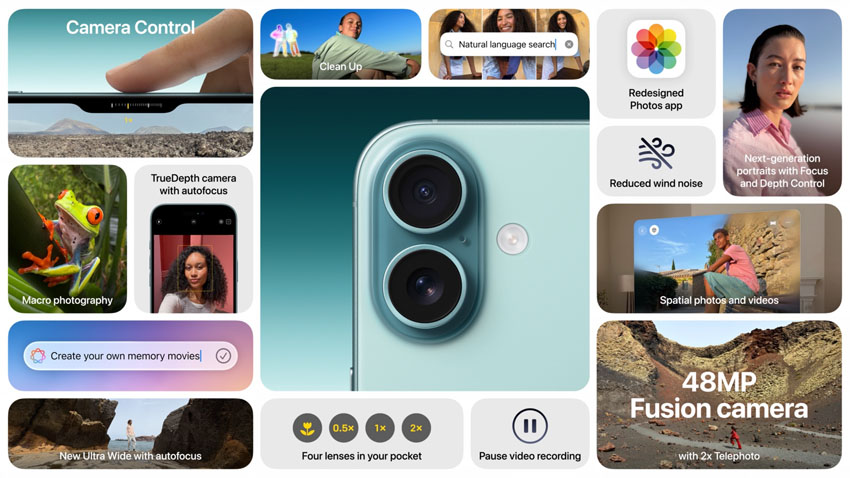
A Differentiated Lineup
With this year’s launch, Apple seems intent on offering more distinct experiences across its lineup. The iPhone 16 Pro targets power users, professionals, and creators who demand the highest performance and features, while the iPhone 16 and 16 Plus cater to a broader audience seeking a balance of quality and affordability. The decision to include the A18 Pro chip exclusively in the Pro model and limit the standard models to the A18 chip highlights Apple’s strategy of drawing a clearer line between its flagship and base devices. This differentiation is particularly noticeable in the camera and graphics performance, where the Pro models are designed to shine.
What to Expect
Apple’s decision to include the A18 Pro chip exclusively in the Pro models and the A18 chip in the standard models underscores the company’s focus on distinguishing its devices by performance tiers. As smartphones become more central to content creation and productivity, the iPhone 16 Pro and Pro Max will likely appeal to users who rely on cutting-edge technology for work and entertainment. In fact, according to Bloomberg’s Mark Gurman, Apple will have more pro models on hand than base models.
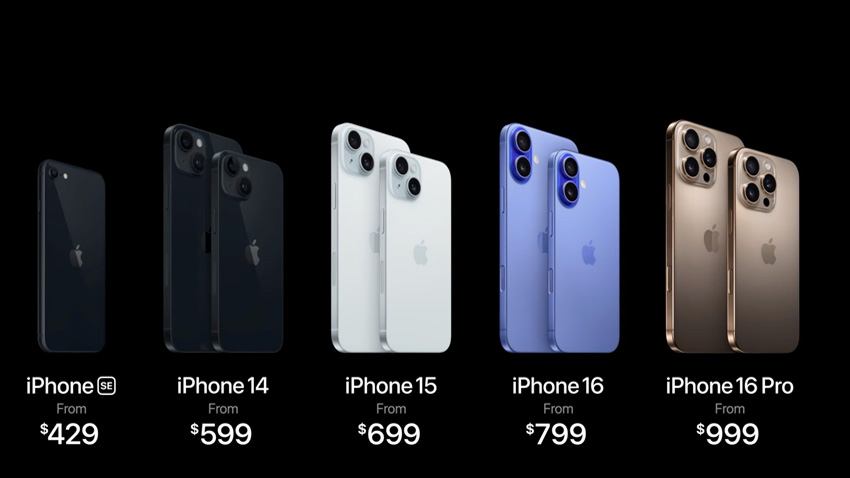
Pricing and availability
The iPhone 16 and iPhone 16 Plus offer many of the benefits of the Pro model but at a more accessible price. Starting at $799 for the iPhone 16 and $899 for the iPhone 16 Plus, both models are powered by the A18 chip, which promises faster app performance and better energy efficiency compared to previous generations. Apple is also hedging its bets by continuing to offer the iPhone 14, iPhone 15, and iPhone SE with a modest price drop.
While the AI capabilities are less advanced than the Pro’s, the Apple Intelligence system still enhances everyday tasks, from smarter app recommendations to more intuitive automation. The camera systems on both models also see improvements, though they lack the Pro’s telephoto lens and enhanced processing power.
Like the Pro models, pre-orders for the iPhone 16 and iPhone 16 Plus will start on September 15, with availability on September 22.
Apple’s new iPhone 16 lineup is poised to hit the market ahead of the holiday season, with strong demand expected for both the standard and Pro models. The question remains whether these upgrades will be compelling enough to drive major sales in an increasingly competitive smartphone landscape.
